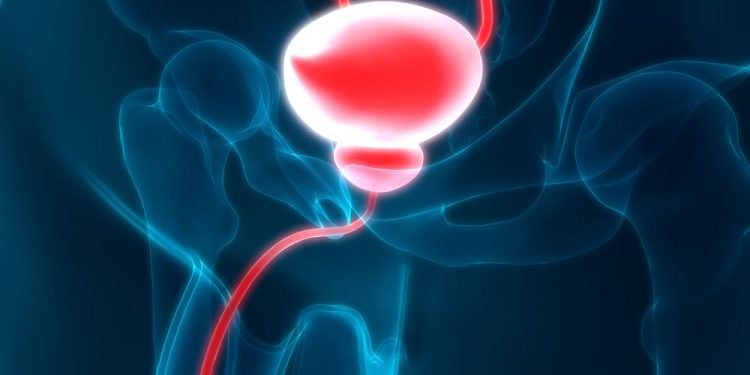surgical robotics for radical prostatectomy, a minimally invasive procedure that removes the prostate gland and some surrounding tissue. It has a lower risk of complications and recovery time than the open surgical approach, which has been the standard method for many years. Our surgeons are actively involved in research to enhance the results of this procedure.
The surgery begins when your surgeon makes five small incisions to insert the camera and robotic instruments. The abdomen is filled with gas, separating the tissues to allow for better visualization. The robotic system has a three-dimensional vision system that magnifies the surgical field up to 15 times and improves our ability to distinguish fine blood vessels in the prostate. This allows us to reduce bleeding and decrease the amount of tissue removed during the operation. It also helps our surgeons avoid injury to the delicate nerve fibers that control erectile function and bladder control.
Our surgeons use this magnified, three-dimensional view to carefully and precisely remove the prostate while avoiding damage to the nerve fibers that control erection and bladder function. Using this technique, called nerve sparing, enables our doctors to preserve sexual function in most patients. However, it is not possible in all cases. Your doctor will discuss this issue with you and will advise you on how to manage your erections following the surgery.
We also use this magnified view to minimize the amount of tissue we remove. This decreases the possibility that cancer cells will spread from the prostate to other parts of your body.

In some cases, your surgeon may also remove some of the lymph nodes in your pelvic area. These are sent to a lab for testing to see if they contain any cancer cells, which can help with the diagnosis and staging of your prostate cancer. These nodes are not usually removed in patients with clinically localized cancer or if the cancer has spread beyond the prostate capsule, into the seminal vesicles or to your lymph nodes.
When you come to the hospital for surgery, you will need to bring a urine sample with you. We will ask you to drink a lot of fluids before the procedure and stop taking any blood thinner medications (such as aspirin or Coumadin). You should also quit smoking, as this limits your body’s ability to heal.
After the surgery, you will need to have a catheter in your bladder for drainage. This will remain in place for a few days after the surgery, but your doctor will talk to you about how long it should be there. You will need to avoid heavy lifting or straining during this time.
Most men who have this surgery experience at least temporary erectile problems. The extent of this varies from person to person and is dependent on how active you are before surgery, the surgery’s effect on the nerves and your age and sexual history. You should be able to resume light exercise within a few weeks and return to your normal activities shortly after that.









